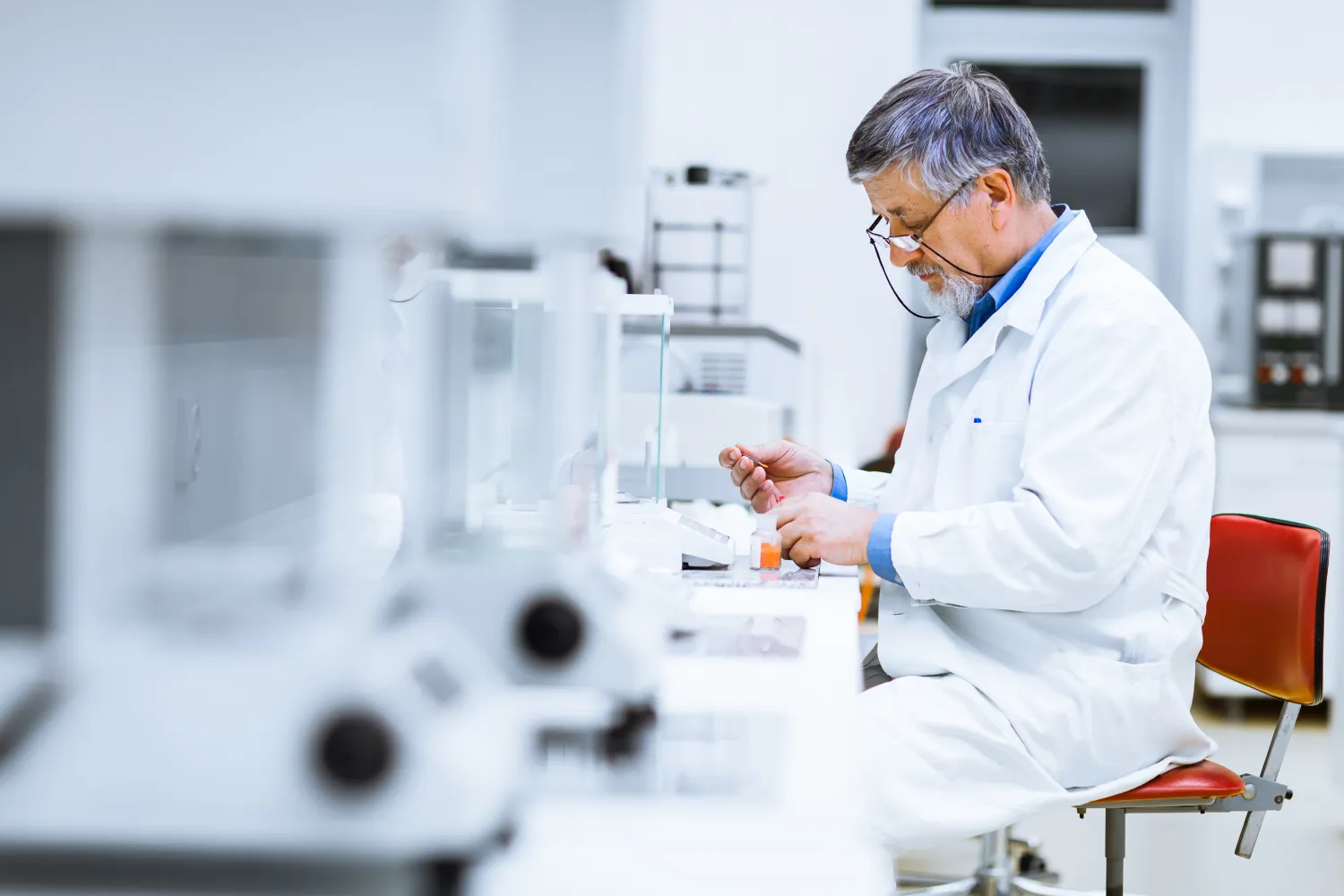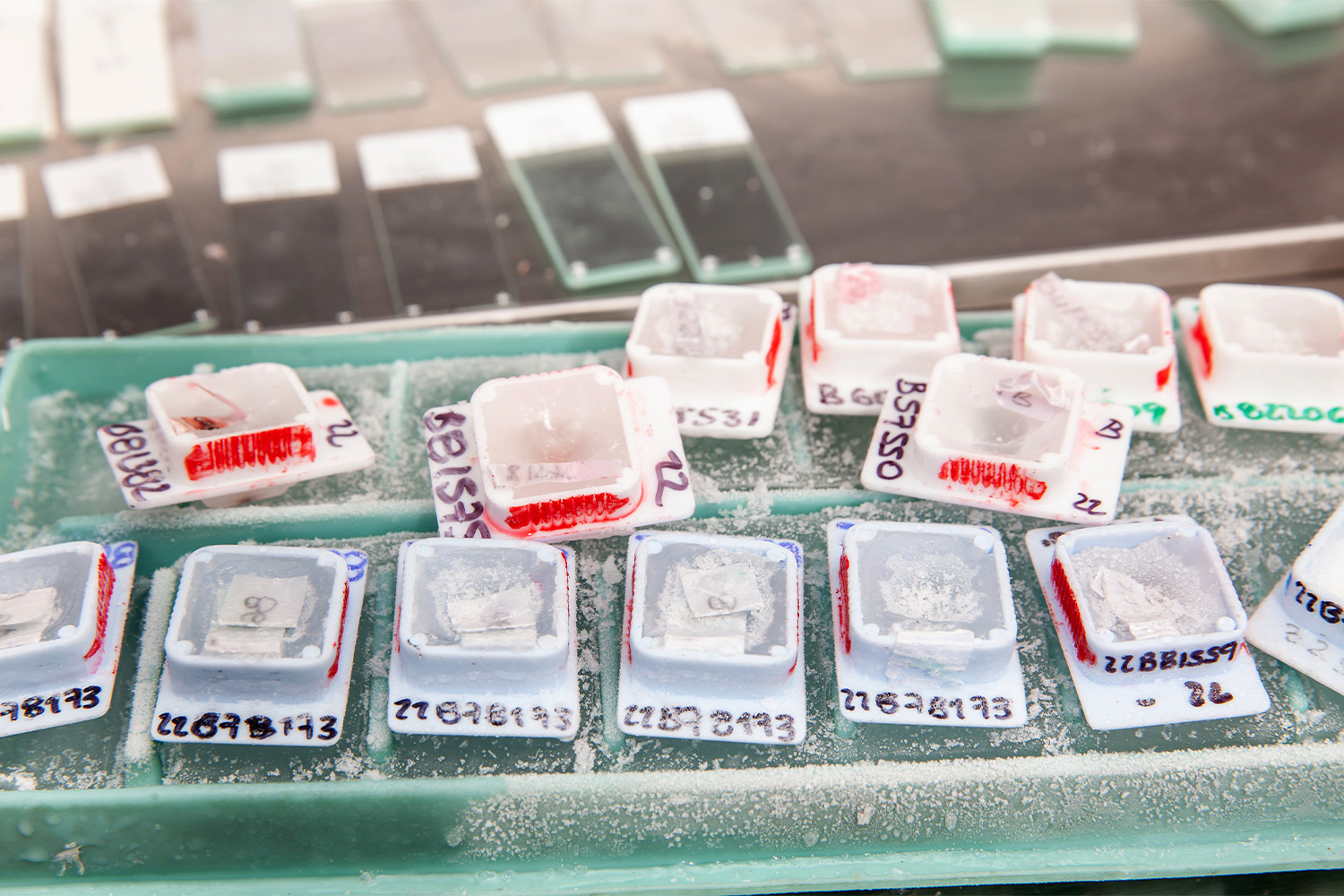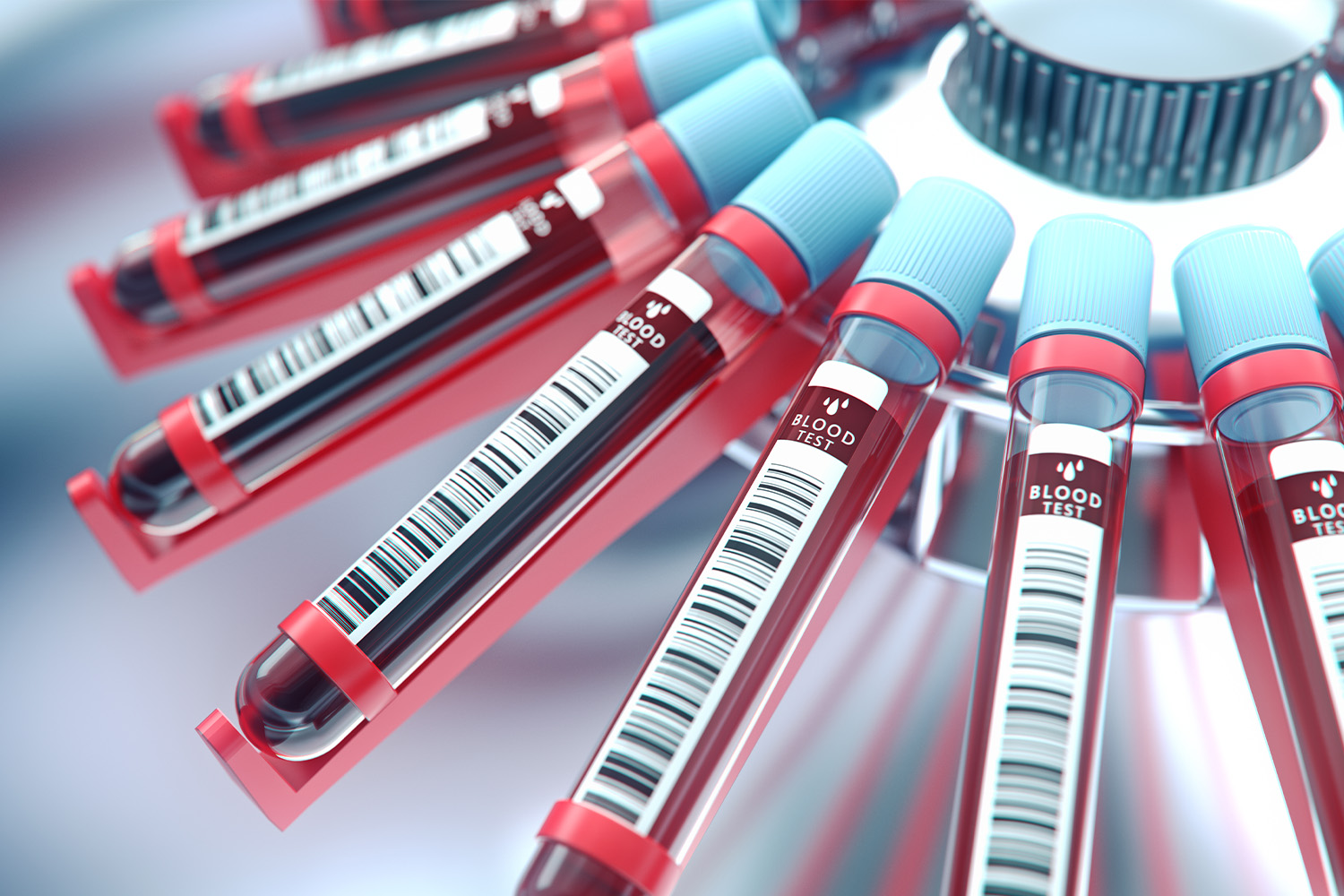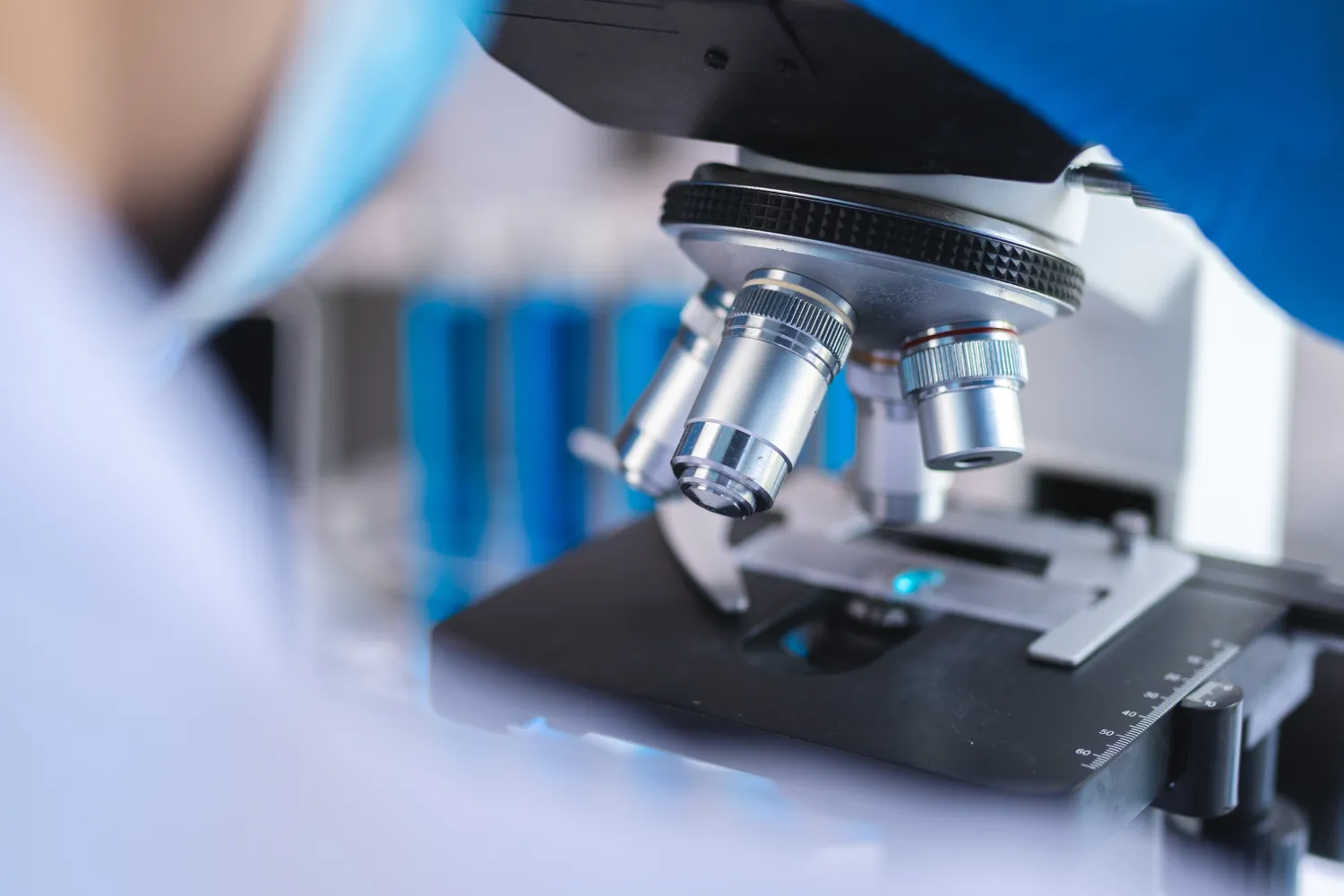Studying the microscopic world within us can be a portal to understanding the intricate relationship between humans and their microbiomes. Among the numerous approaches to examining the microbial composition of our bodies, stool specimen collections stand out as a non-invasive yet informative method.
This technique is extensively used to diagnose gastroenteric diseases, gauge the efficiency of medical therapies, and explore the comprehensive field of human gut microbiome research. This article aims to elucidate the significance, collection methodology, processing, and future directions of stool specimen collections for microbial culture.
What Is the Human Microbiome?
The human microbiome is a dynamic community of microorganisms, including bacteria, fungi, viruses, and archaea, that reside on and within our bodies. These microscopic tenants inhabit various regions, such as the skin, mouth, respiratory tract, and gut, with each region hosting a unique microbial ecosystem.
The gut microbiome residing in our intestines is particularly rich and diverse. It’s involved in numerous vital functions, including digestion, nutrient synthesis, immune modulation, and even influencing our mental health. Researchers estimate that the gut microbiome contains trillions of microbial cells and thousands of different species, significantly outnumbering our body’s own cells.
But, the role of the gut microbiome extends beyond these functions. Studies have linked imbalances in the gut microbiome, or “dysbiosis,” to various diseases, including inflammatory bowel disease, obesity, cardiovascular disease, and even neurological disorders. Thus, it becomes essential to examine the microbial composition of the gut to further our understanding of human health and disease.
Why Stool Specimens?
Stool, or feces, serves as a convenient and rich source to study the gut microbiome. It is composed not only of waste materials and indigestible food remnants but also a high concentration of microbial cells shed from the gut. This microbial fraction of stool provides a snapshot of the gut microbial composition at a given point in time.
The non-invasive nature of stool collection, coupled with the valuable insights it can offer into the gut microbiome, makes it an ideal choice for both diagnostic and research purposes. For instance, analyzing stool specimens can help diagnose gastrointestinal infections and conditions like irritable bowel syndrome or monitor the impact of treatments such as antibiotics or probiotics on the gut microbiome.
In research settings, stool samples have been pivotal in studying diet-microbiome interactions, the role of the microbiome in disease development, and the potential therapeutic uses of modulating the microbiome.
Therefore, stool specimen collection for microbial culture provides a window into the complex world of the human gut microbiome, enabling us to explore the mysteries of our microbial partners and their roles in health and disease.
How Are Stool Specimens Collected and Preserved?
Collecting stool specimens for microbial culture involves a process designed to minimize contamination and preserve the microbial composition of the specimen.
The collection process usually begins with the provision of a clean, dry, and leak-proof container to the patient. It’s essential to instruct the patient properly on avoiding contamination of the stool sample with urine, water, or toilet paper, which could compromise the results of the subsequent microbial culture.
After collection, the sample should be transferred to the lab as soon as possible to prevent changes in the microbial composition due to exposure to the environment. However, if an immediate transfer isn’t possible, the sample can be preserved using special transport media.
These media often contain components that preserve the viability of the microbes in the sample or in some cases, the genetic material (DNA/RNA) of the microbes for later analysis. The choice of media depends on the type of microbes of interest (aerobic or anaerobic bacteria, viruses, etc.) and the analysis to be performed.
Processing and Culture of Stool Specimens
Once the stool specimen arrives at the lab, it undergoes processing to prepare it for microbial culture. The processing often starts with a macroscopic examination to note the specimen’s physical characteristics (color, consistency, etc.) and the presence of any unusual elements (blood, mucus, etc.).
The specimen is then prepared for culture, usually by making a dilution or smear and spreading it onto one or several culture plates containing different types of growth media. These media are designed to support the growth of specific groups of microbes, enabling their isolation for further study. The culture plates are then incubated under controlled conditions that mimic the human gut’s environment.
After incubation, the plates are examined for microbial growth. The grown colonies are identified based on their morphological characteristics and, if necessary, through additional biochemical or molecular tests. The data gathered from this process allows researchers to generate a detailed profile of the microbial composition of the stool specimen.
Stool Specimen Culture: Challenges and Limitations
While stool specimen culture is a powerful tool in microbiome research and diagnostics, it comes with several challenges and limitations.
One primary concern is the inability of standard culture techniques to grow all microbes present in the sample. Many microbes in the gut are anaerobic, meaning they don’t grow in the presence of oxygen. While specialized anaerobic culture techniques exist, they can be complex and time-consuming.
Furthermore, some microbes may have specific growth requirements that are not met by standard culture media, making them difficult to culture. As a result, conventional culture methods may provide an incomplete picture of the microbial diversity in the stool specimen.
Additionally, delays in sample transport and changes in microbial composition due to exposure to the environment can also impact the accuracy of the culture results. These challenges highlight the need for meticulous collection, preservation, and processing protocols and the development of improved culture techniques to capture the full diversity of the gut microbiome.
Innovative Approaches for Stool Specimen Culture
As we navigate the limitations of conventional culture techniques, scientists have developed innovative approaches to improve the accuracy and comprehensiveness of stool specimen culture.
One such approach is the use of molecular methods alongside traditional culture. Techniques like 16S rRNA sequencing and metagenomics allow for the identification of microbes that are difficult or impossible to culture, providing a complete picture of the gut microbiome.
Another promising technique is the use of culturomics, which combines multiple culture conditions to improve the culturability of diverse microbes. This approach often involves the use of several different culture media, varied incubation conditions, and extended incubation times to enhance the growth of fastidious microbes.
Additionally, researchers are exploring the use of bioinformatic tools to predict the growth requirements of uncultured microbes. These predictions can then guide the formulation of customized culture media and conditions, enabling the culture of previously unculturable microbes.
Implications of Stool Specimen Culture for Healthcare and Research
The ability to culture and study the microbes in stool specimens has profound implications for healthcare and research. In clinical diagnostics, stool specimen culture can help identify pathogenic microbes responsible for gastrointestinal diseases, guiding appropriate treatment decisions.
Furthermore, it can aid in the detection of antimicrobial resistance, a growing concern in healthcare, by allowing for the testing of different antimicrobial agents against cultured pathogens.
In research, stool specimen culture provides valuable insights into the human gut microbiome, one of our bodies’ most complex and influential microbial communities. It can help elucidate the roles of different microbes in health and disease, enhance our understanding of host-microbe interactions, and contribute to the development of microbiome-based therapies.
iProcess Global Research and Its Role in Advancing Stool Specimen Culture
At iProcess Global Research, we are deeply committed to enhancing the scope of stool specimen culture. As pioneers in the biobanking and medical research industry, we recognize our significant role in improving the efficacy, trustworthiness, and scope of microbial culture techniques.
Our top-tier infrastructure, stringent specimen handling procedures, and dedication to innovation allow researchers to explore the gut microbiome with unprecedented precision.
By ensuring the availability of high-quality stool specimens and utilizing cutting-edge technologies, we at iProcess Global Research are proud to pave the way for improved diagnostic methods and the creation of innovative, microbiome-based therapeutic approaches.
The Bottom Line
Stool specimen culture represents an indispensable tool in microbiology, contributing significantly to our understanding of the human gut microbiome and its role in health and disease. Despite the challenges associated with traditional culture techniques, innovative approaches are constantly being developed, broadening the scope of what can be achieved with this method.
From clinical diagnostics to microbiome research, the impact of stool specimen culture continues to expand. As we continue to refine our culture techniques and integrate them with advanced molecular and bioinformatic methods, we can expect to delve even deeper into the fascinating world of the gut microbiome, unlocking new potentials for diagnosis, treatment, and prevention of diseases.
Join iProcess Global Research in unlocking the secrets of the gut microbiome. Leveraging our advanced biobanking services, transcend research limitations and accelerate your groundbreaking discoveries. Partner with us today, and let’s shape the future of microbial culture research together.
Sources:
Defining the Human Microbiome | PMC
Dysbiosis: What Is It, Causes, and More | Osmosis
Stool Culture: Reference Range, Interpretation, Collection and Panels | Medscape




